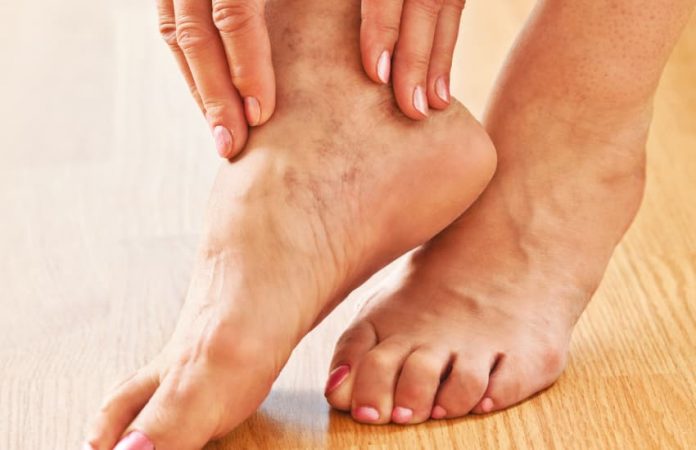OK, we get it. You don’t like the look of your varicose veins, so you hide them. If you don’t have to look at them or have others see them, you don’t have to worry about them much, right? Well, not so much, unfortunately.
You see, while many people choose to get their varicose veins treated for aesthetic reasons, there are other motivators for the treatment. Or, at least, there should be. Many people don’t understand that varicose veins pose more than cosmetic problems, but they do. Some people are also scared to have their veins treated because they’re unaware just how far varicose vein treatments have come over the last few decades. Today, varicose vein treatments are far less invasive and significantly safer than they once were. What’s more, the treatment can prevent you from advancing to much more serious symptoms.
Why Varicose Veins Can Be Serious
Just because you’re not showing any symptoms doesn’t mean your veins are safe. Varicose veins, when left untreated, can lead to leg ulcers, hyperpigmentation, spontaneous bleeding, lipdermatosclerosis, deep vein thrombosis and/or superficial thrombophlebitis. Some of these symptoms are more serious than others are. For instance, deep vein thrombosis is extremely serious and the blood clots in your legs can loosen and move to other areas of your body where they can potentially threat your life.
This is why it’s generally a good idea to speak to your doctor about treatments if your varicose veins show any of these symptoms:
Swollen, red, tender or feeling warm when touched
Thickened and discolored skin on your calf or ankle
Sores or rashes forming near the veins
The veins are bleeding
Your daily life is being impacted by the veins, including emotional distress
What Are Varicose Veins
But what if you’re unsure whether or not you have varicose veins? Well, you should check to see if you have large purple-hued ropes underneath your skin. More often than not, these will form in your legs, so that’s the first place you should check and where you should inspect most vigorously.
Varicose veins appear when your venous valves are weakened, and they’re most common in the legs because the valves there have to work the hardest to pump blood from your feet up to your heart. It’s more difficult for the heart to pump blood back through weaker veins, causing problems. Additionally, high blood pressure can exacerbate varicose veins or be caused by them.
How to Treat Varicose Veins
If you’re scared of getting your veins treated, it’s understandable. First, it’s good to have some concerns about any medical procedure. That means you care about your body and are thinking about its wellbeing and can prompt you to ask important questions to make sure you get the best care available for your particular instance. It’s also true that there was once a time when varicose vein treatments were intrusive and painful. But as we mentioned earlier, that time is (thankfully) well behind us now. Varicose vein treatments have advanced greatly, and modern treatments are nothing to worry about.
The vast majority of varicose vein treatments in 2017 are non-invasive and cause little, if any, pain to patients. We’re not just saying that because we provide the treatments. It’s really true! Although we’ll of course discuss your particular symptoms with you and options that make the most sense for treating them may vary from what would work for someone else, you’ll most likely only need a very straightforward and low-pain treatment.
Some of the most common treatments are endogenous ablation, sclerotherapy and laser and intense pulse light therapy. You’re unlikely to need any sort of hospitalization for your treatments. Instead, you’ll probably just walk into our office, get treated and walk out on your own power that same day once you’re done. See, that’s not so bad, right?
With sclerotherapy, patients have a concentrated saline solution or a detergent injected into the veins and after three to six weeks, the veins simply disappear. This treatment has been in place since the 1930s and is effective for treating spider veins and small varicose veins.
Endogenous ablation, meanwhile, is a more modern treatment. It involves a minimally invasive therapy that may involve laser, radiofrequency, clarify and/or vessel to treat chronic venous insufficiency brought on by significant venous reflux. Dr. Bokhari specializes in this treatment and is able to perform it right in our office in just 45 minutes. You’ll recover immediately and have results that last. How great is that?!
Finally, laser and intense pulse light therapy rely on heat energy to damage or destroy abnormal vessels. This option is particularly useful in treating veins that appear on your face. While you may experience some discomfort, you should expect it to be minor.



























